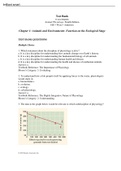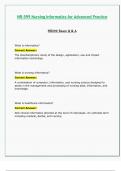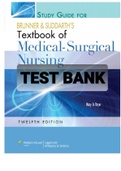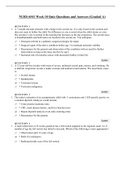Summary
Summary Geography A level: Population: DTM Questions
- Module
- Population
- Institution
- CIE
This set of Geography A-Level notes focuses on questions related to the Demographic Transition Model (DTM) under the Population topic. It analyses population growth, birth and death rates, and the social and economic factors influencing demographic changes. With detailed explanations and model answ...
[Show more]












